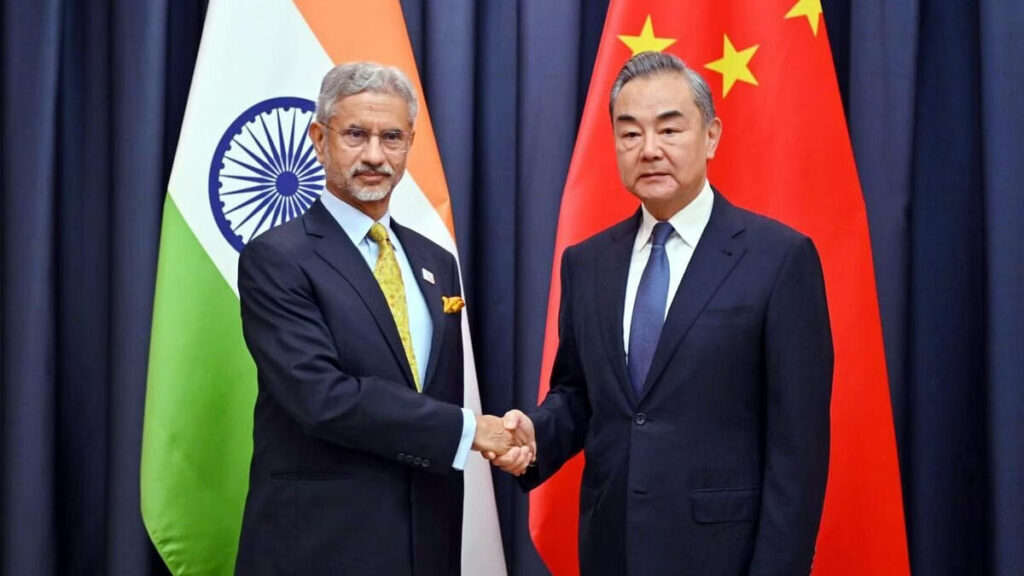Since there hasn’t been a high-level political dialogue since 2020, ministerial get-togethers on the fringes of multilateral conferences can accomplish little more than maintain channels of communication.
Jaishankar and Wang met earlier this year at the Munich Conference; since then, there have been several such pull-asides, during which the two sides have tended to talk over each other. This was also the case in Astana, where the July 4 Jaishankar-Wang meeting resulted in two different perspectives on the border situation.The report stated that Jaishankar “highlighted the need to redouble efforts to achieve complete disengagement from the remaining areas in Eastern Ladakh and restore border peace and tranquillity in order to remove obstacles towards return of normalcy in bilateral relations” .

Source: Crisis Group
Eastern Ladakh, where Chinese intrusions in 2020 resulted in a military confrontation, is not mentioned in the readout provided by the Chinese foreign ministry for Wang. Since then, China has benefited greatly from the growth of bilateral trade, but political relations have remained frozen. Wang tried to frame the border conflict more broadly, ignoring India’s demand that normalisation of relations be contingent on the situation in Eastern Ladakh being resolved.
China maintains that the disagreements in that portion of the Line of Actual Control have been resolved ever since the most recent round of disengagement, which occurred in September 2022 from Patrolling Point-15 in the Gogra-Hot Springs region of Eastern Ladakh. Since then, six more military-level discussions have taken place, with the 22nd session taking place in February. Nevertheless, the Chinese have demonstrated little desire to stop PLA incursions in Demchok and the vital Depsang Plains.
Source: ET Now
Furthermore, the PLA has not stopped building up its forces and facilities throughout the entire Ladakh region. This has caused the Indian side to also build up, with the Indian Army now permanently stationed in Eastern Ladakh at forward locations.All that can be mentioned is that communication will continue between the two parties.
Additionally, the Chinese side’s non-committal wording is noticeable. According to India, in order to address unresolved concerns in Ladakh, the two parties decided to have an “early meeting” of the Working Mechanism on Consultation and Coordination. The two parties have decided to cooperate “towards stability in the border area” and to have talks as soon as feasible, according to the Chinese statement. There is still a significant gap between the two sides, and it is unlikely that it will close anytime soon. It appears that the relationship’s conflicts will not go away.
What do you think about this? Comment below.

